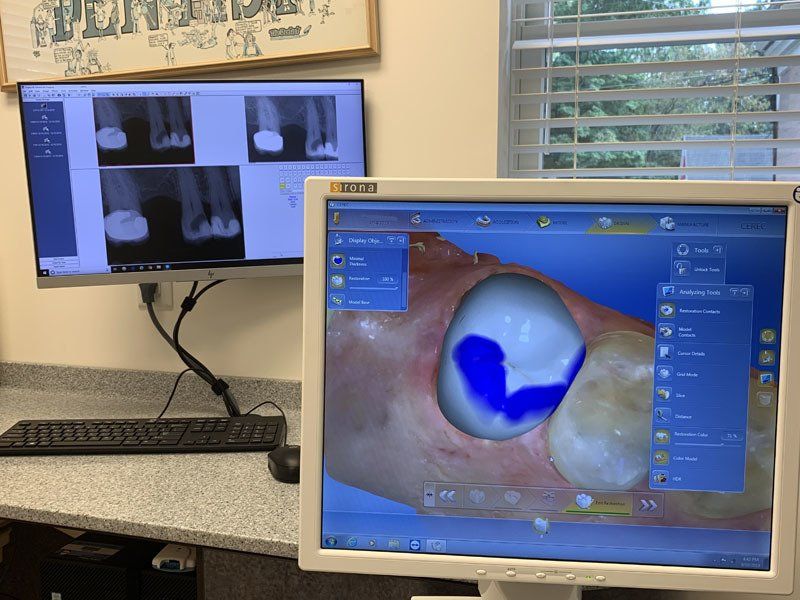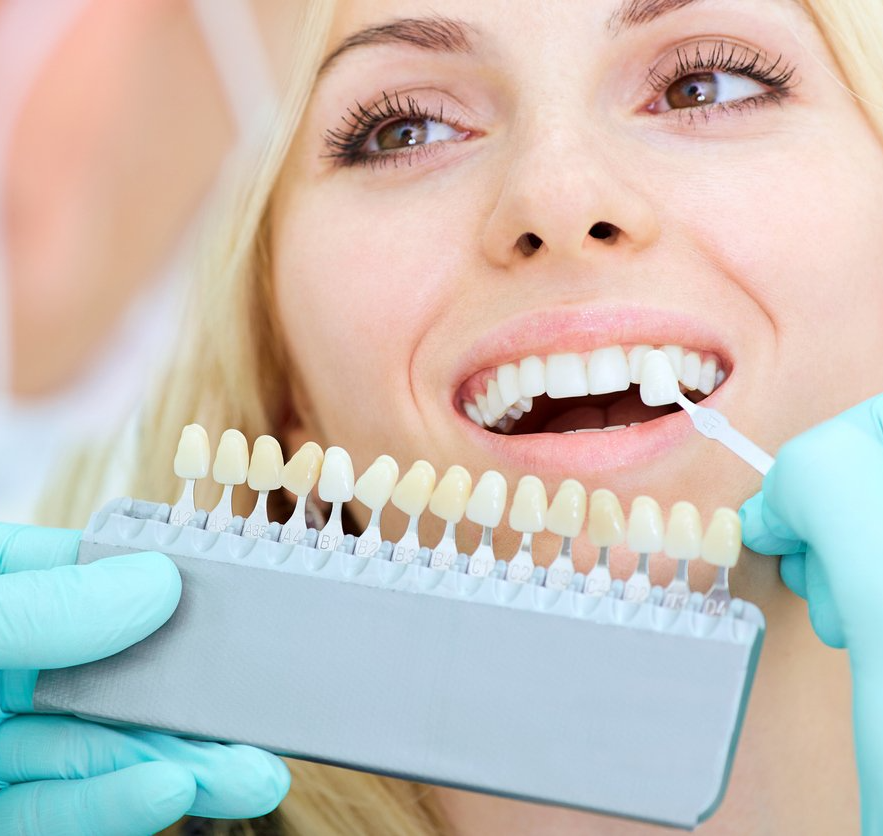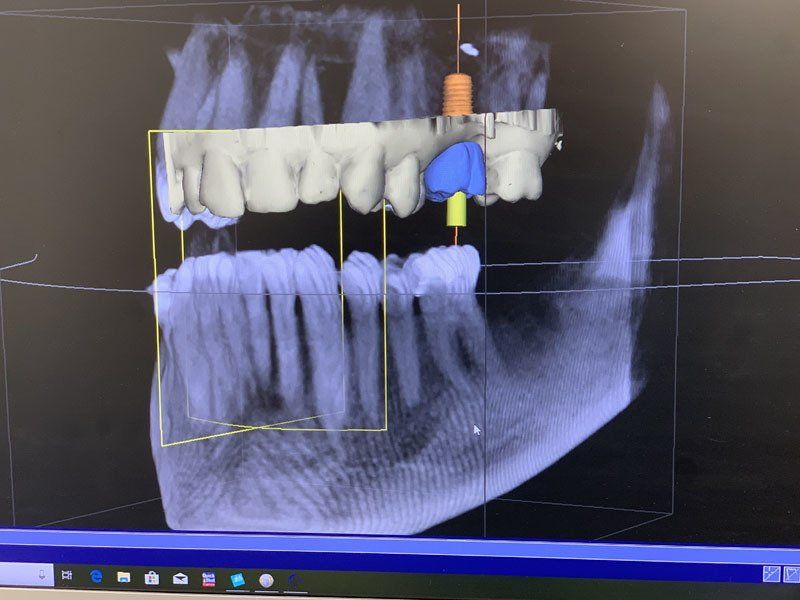The Source for Dental Implants in the Heart of Hamburg, NY & Surrounding Areas
Such as Orchard Park,
Eden,
Lakeview,
Blasdell, Springville, and Cheektowaga, NY
Dental implants made of pure titanium were first successfully placed over 40 years ago (Dr. Ingvar Branemark, MD, DDS) and have since become the most successful dental procedure ever devised. Considered in the past to be something that we only read about in journal articles, they were reserved exclusively for the privileged few. They could be restored by only a small fraction of dentists worldwide as the materials, designs and techniques available were, at best, extremely difficult to use. These implants certainly were not an option for the ordinary person. Times have changed, and so have the materials and techniques. In the last 20 years, dental implants have moved from the rare patient treatment option to become something quite mainstream for the average patient. Located in Hamburg, NY, we proudly offer our dental implants to residents throughout the neighboring towns of Blasdell, Cheektowaga, Eden, Lakeview, Orchard Park, Springville, NY and beyond. Contact our office today to get make an initial appointment!
WHAT ARE THE BENEFITS OF DENTAL IMPLANTS?
WHAT ARE DENTAL IMPLANTS?
WE BRING ADVANCED TECHNOLOGY TO DENTAL IMPLANT PROCEDURES
CONE BEAM CT SCANS
DO DENTAL IMPLANTS HURT?
HOW LONG DO THEY LAST?
ARE THERE DIFFERENT KINDS OF DENTAL IMPLANTS?
THIS CAN TAKE PLACE AS ANY OF THE FOLLOWING:
IS EVERYONE A CANDIDATE FOR DENTAL IMPLANTS?
I HAVE HEARD OF MINI DENTAL IMPLANTS. ARE THEY AN OPTION?
CONTACT US TO LEARN MORE ABOUT DENTAL IMPLANTS
If you are looking for a durable and aesthetically pleasing solution for your missing or damaged teeth, consider dental implants from the office of James M Blake D.D.S., PC. Composed of a titanium post that is surgically inserted into the jawbone, then topped with a custom-made crown, dental implants seamlessly mimic the look and function of your natural teeth - right down to the shape and color. Unlike dentures or bridges, implants provide a permanent base for replacement teeth, which are designed to blend seamlessly with your natural smile. Dental implant patients are able to chew and speak naturally, with total confidence that their facial structure is preserved. If you have damaged or missing teeth, a dental implant can change your life for the better.
If you think you might be a candidate for dental implants, our knowledgeable and experienced staff can answer any questions you might have about the process to put your mind at ease. Our team works with patients from Cheektowaga, Hamburg, Orchard Park, Eden, and the surrounding areas. We invite you to
reach out to our office for further information or to schedule an appointment. We’ll be more than happy to help you!








